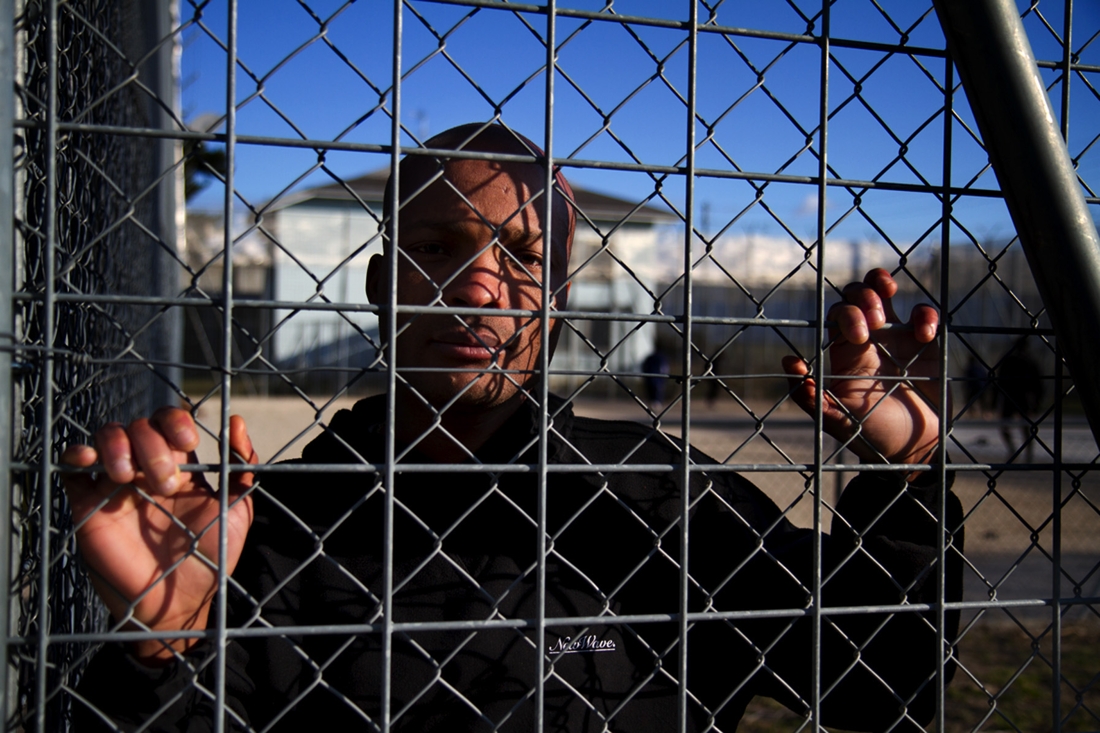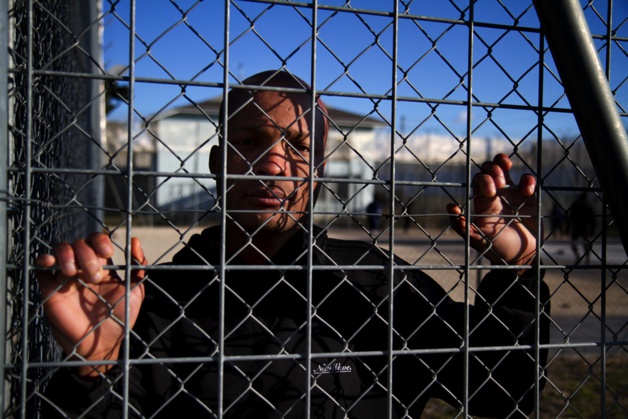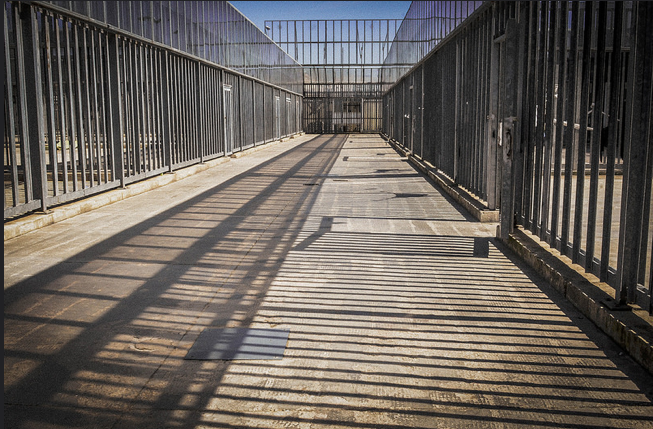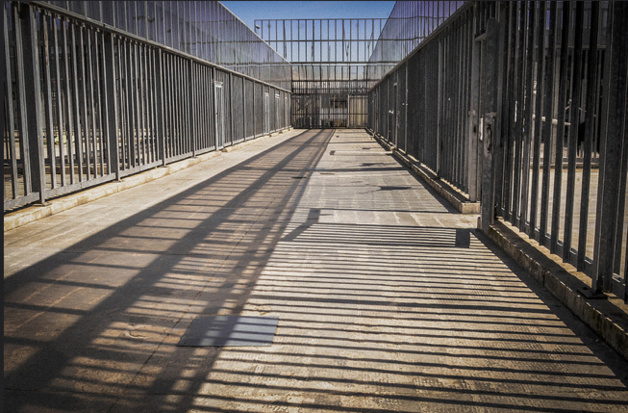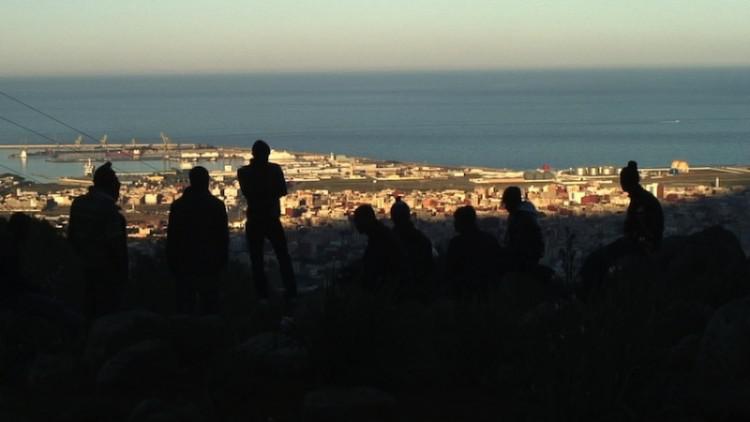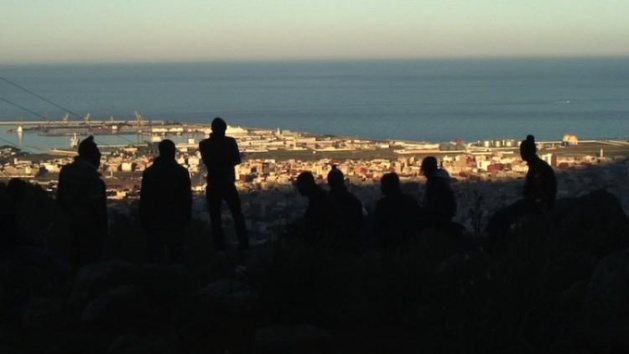Migrants en route for Europe, supposedly ‘in transit’ but held up indefinitely, face steps which should only have been temporary but have now become a permanent impasse. Countries which should only have been a stepping stone have become a final destination. Hence, even as the exploding population is fuelling urban growth and develops economic interdependence, it is also exacerbating social inequalities, ethnic rivalries and an age-old racism.
Indeed, a sense of cooperation is developed between immigrants, whose support for each other is inversely proportional to the number of times they are turned back. In effect, their treatment at the hands of the authorities removes them from their normal social groups, welding them into a homogenous bloc. Migrants use their marginalisation and confinement to their advantage, providing a cheap work force in countries which are already being strangled by chronic youth unemployment. Nevertheless, this migration is not a phenomenon devoid of tension, and their adopted marginalisation is seen as a ‘stain’ by the rest of the population, tarnishing the society in which they now live.
The names given to these areas clearly illustrate this stigmatisation: the border between Morocco and Mauritania has been nicknamed Kandahar, areas where day labourers wait for work are known as Chad, and the detention centre in Nouadhibou is called Guantanamito. Here, social norms no longer apply; stigmatisation distorts social conventions, and for that reason, migrants are perceived as a threat and an offence. Even press titles reflect this trend; “The Black Threat”, “The Black Locusts Invading Northern Morocco”. A racist rhetoric tends to appear within the migrants’ daily encounters: In Arabic, Azzi and Oussif mean negro and slave respectively. And with thoughts of the Ebola crisis in mind, migrants become carriers of the illness and of delinquency in the eyes of the collective majority, a hostility which very rapidly descends into physical violence. Even if there have not been any pogroms against the immigrant population like in Tawergha, Libya, clashes nevertheless flare up regularly between residents, for example in 2005 in Oran.
The Maghreb State: The Centrepiece for a New Security System
The widespread and natural opening up of the area due to immigration is perceived ambivalently by the states, who see it both as an opportunity and as a subversive act. A transnational phenomenon, the migratory route reflects geopolitical conflicts and the principle of sovereignty. This is why, in order to reaffirm its authority, the state is attempting to retake control of the situation: to establish the routes taken, to calculate economic income, to extend its influence and to crack down on flows that differ from its objectives. The construction of three major Trans-Saharan routes reflects this logic, since Algiers, Tripoli and Tangier are competing to draw the flow of migrants and their wealth, while flaunting their hegemonic ambitions.
Initiated during the 70s and 80s, for Northern Arab states development programmes in the Sahara in fact represented a voluntary policy of ‘nationalisation’ of unofficial spaces, which needed to be made profitable and pacified. In parallel to large investments in infrastructure, such as the construction of new administrative cities (Tamanrasset in Algeria, Nouakchott in Mauritania, and Sebha in Libya), the central power would be coupled with a process of militarisation and an increasing ‘technicalisation of controls and checks’. Firstly, there was a general increase in police numbers and in their budget, along with the creation of mobile police forces and new border control positions. In addition, military measures and technologies were introduced: searches, raids, the concentration of army-controlled sites largely inspired by colonial counterinsurgency techniques.
This turning point in security, upheld by regional rivals, was particularly reinforced and encouraged by the European Union. Through the Hague Programme in 2004, the EU prioritised the ‘external dimension of asylum policy’, which, beneath the charming technocratic language of: ‘capacity-building for migration management’, ‘creation of secure areas’, ‘closed reception centres’, and through the unequivocal UN High Commission for Refugees agreement, signified nothing less than a conditioning of economic aid for the battle against illegal immigration. We, as Europeans, have thus externalised and outsourced the responsibility of cracking down and confining immigration flows to regimes whose practices we regularly denounce. We have deliberately made use of the financial manna that these partnerships have offered us in order to breathe life into our security rationale and to keep the issues that we consider to be ‘undesirable’ at arm’s length, and out of public view. Our so-called policies of ‘justice, freedom, and security’, in the manner of the MEDA programme, the financial framework for the European-Mediterranean partnership, or even of the European Development Fund, have become concealed tools of repression and are not used to improve the fate of civilian populations.
J.Valluy, an expert on migration, speaks harshly of ‘The Europe of Camps’, and of ‘government xenophobia’, since we adopt a rationale of exception, and we accept a technocratic solution with an appalling refusal to acknowledge the human side. Situations thus arise that we might consider post-transit, as the status of these people becomes blurred, as their lives become less defined. This state, characterised by confinement and extra-territoriality, is in fact “the land between”, like David Fedele’s film on the refugee camps in Northern Morocco: A temporality and a space without depth or density. These policies have a physical impact, forcing clandestine routes to be in a perpetual state of flux, constantly renegotiating the path and having to find stop-offs out of sight. Towns are also a part of this logic of exclusion and population control, endorsed by public authorities. Major motorways create a perpetuation of division within working class districts, a conscious effort to leave wastelands which can be easily cut off. The migratory towns and transition states thus have this in common: post-colonial entities which do not integrate but channel people, making them out to be the source of their problems that is above all about restraint.
Identity: An Ideal?
Immigration is not a fairy tale: it is in fact the story of men and women forced out by necessity, who find within themselves an incredible energy and inventiveness. If there is one thing which must be remembered, it is that it is not a call for pity, but for respect. If Europe cannot open its borders to “the misery of the world”, she can at least have the decency to recognise the humanity of the refugee.
It is this question, “If this is a man”, that Primo Levi famously asked, which must dictate our policies. We have not outlawed the use of force and proclaimed the rights of man just to build more camps. We fear losing our identity to ‘the invasion’, but it is exactly this identity that we have been renouncing, each day for the last ten years, from the coast of Morocco to the straits of the Bosphorus.














